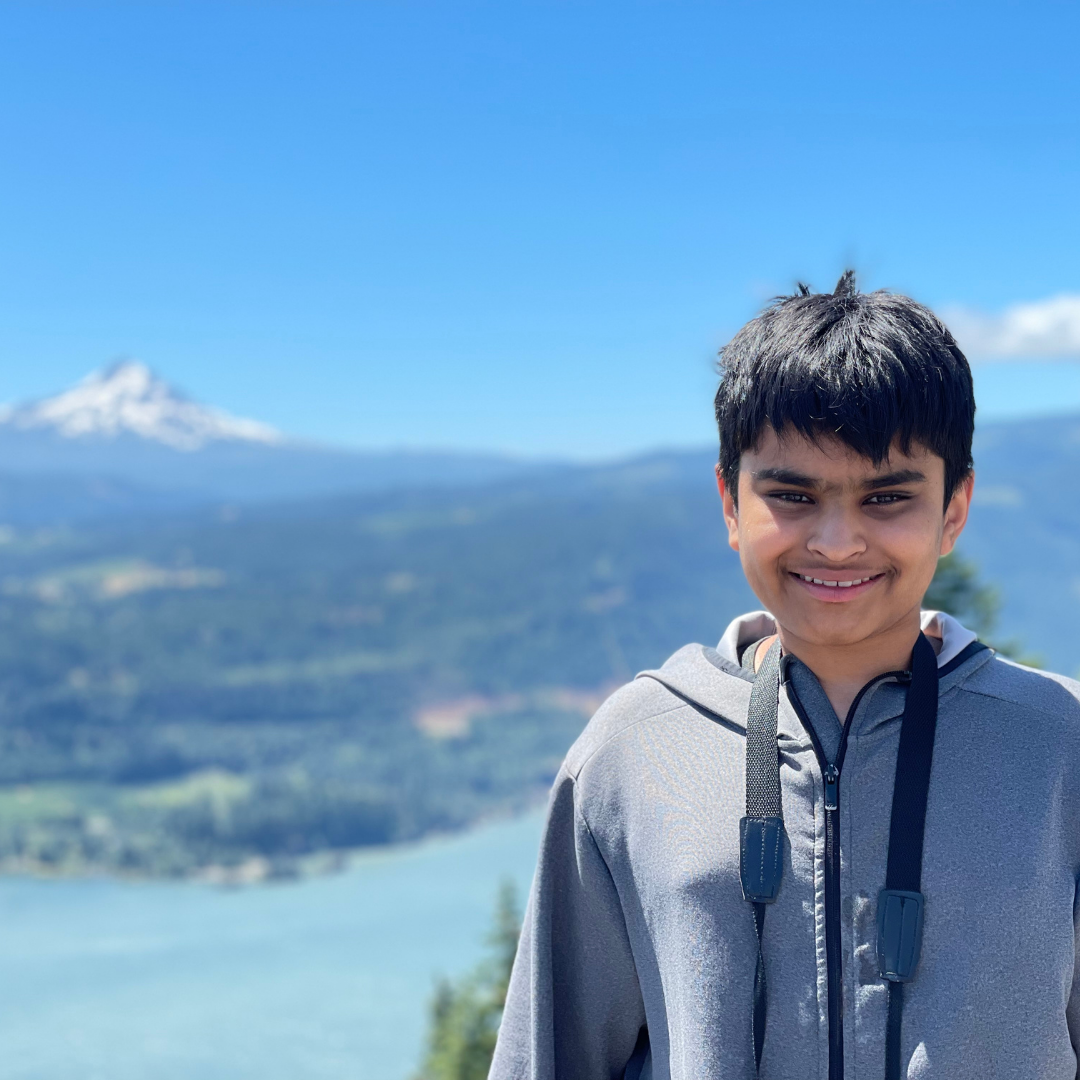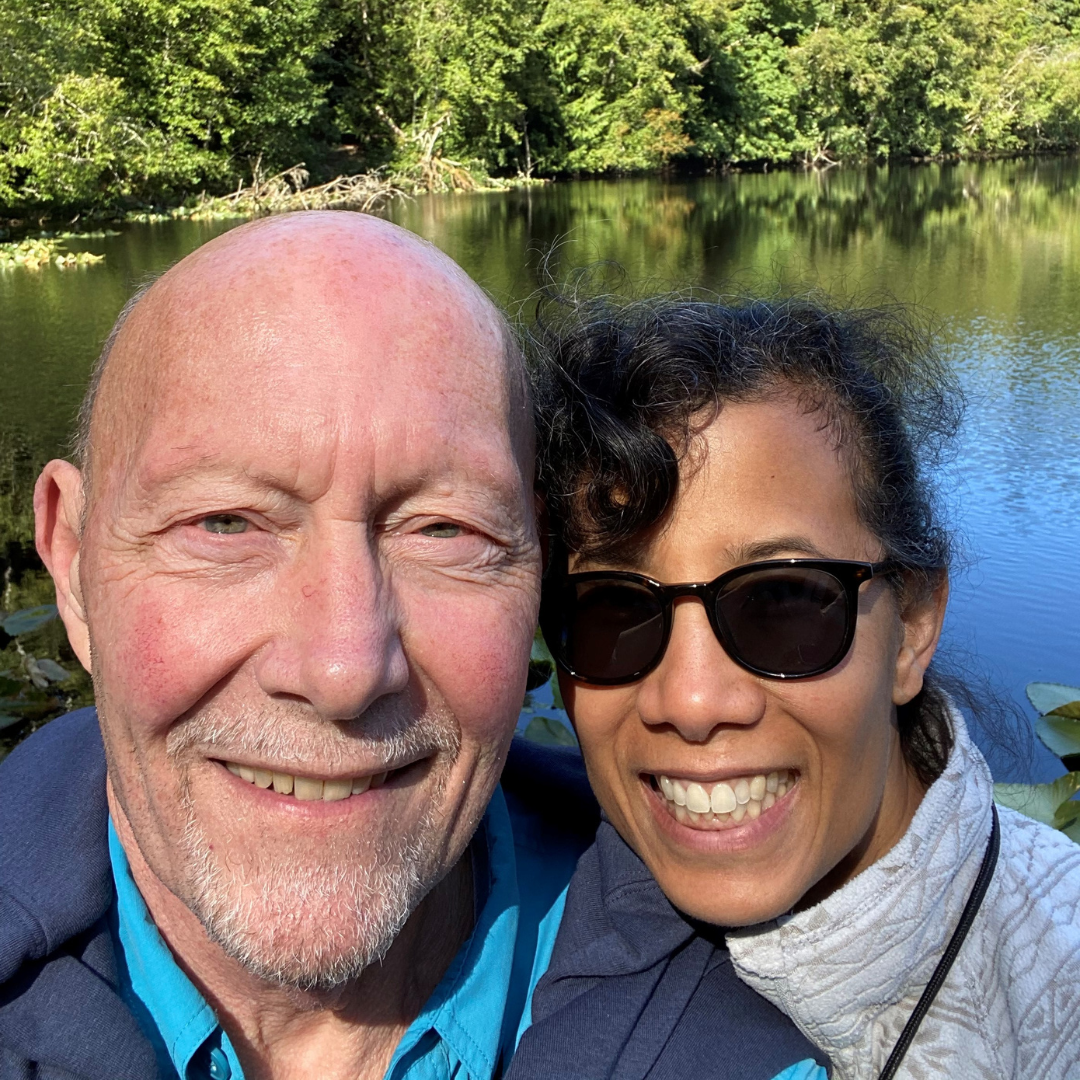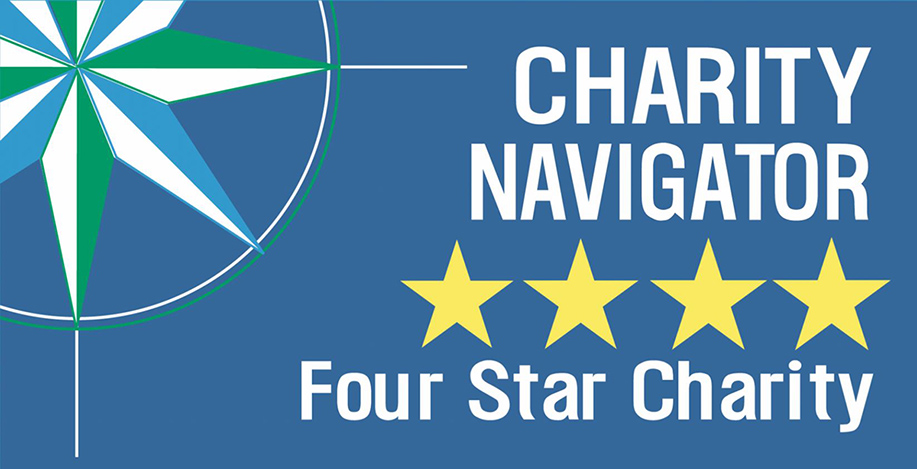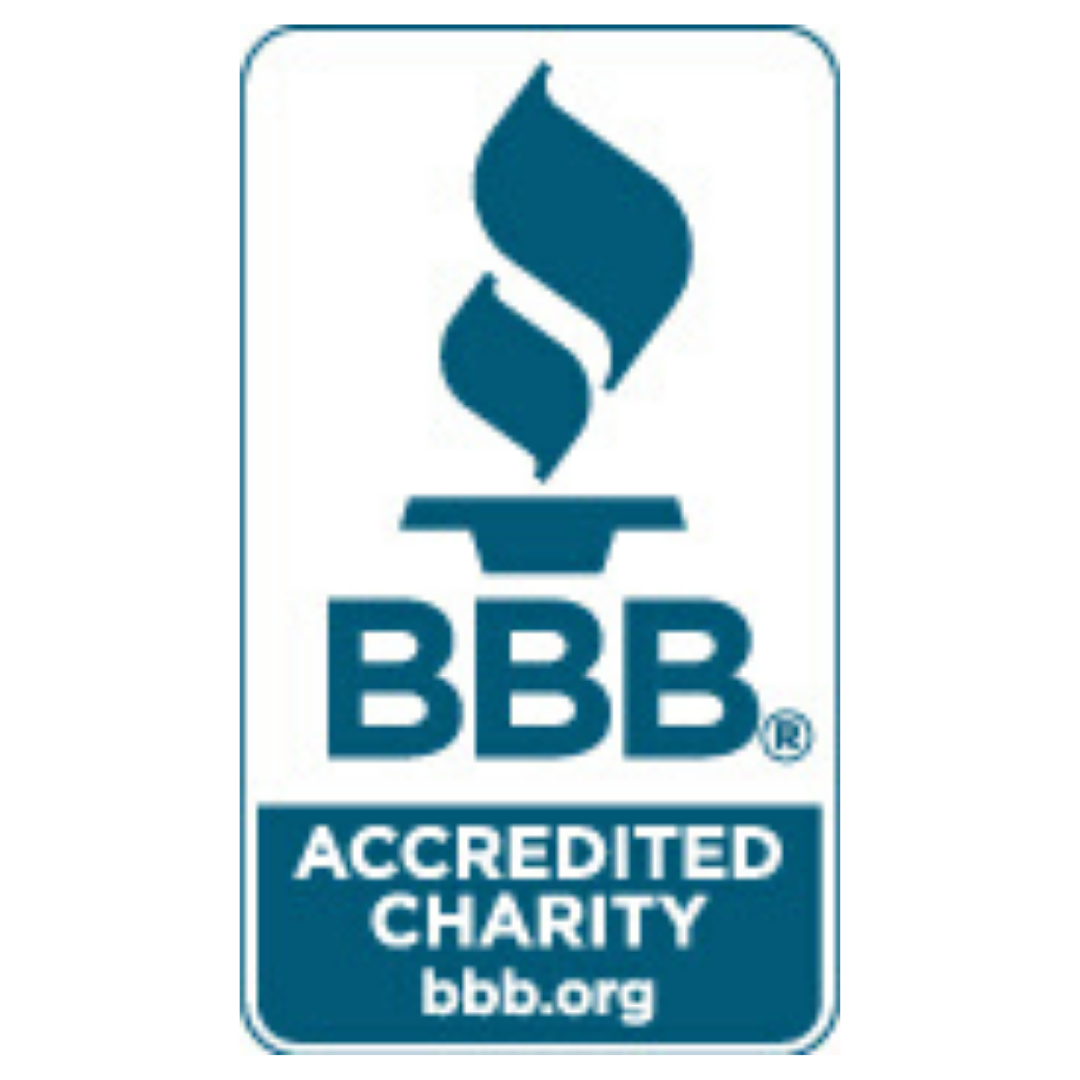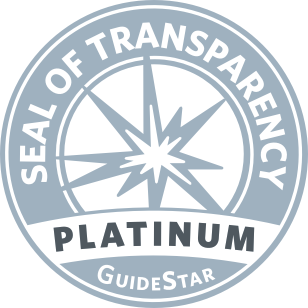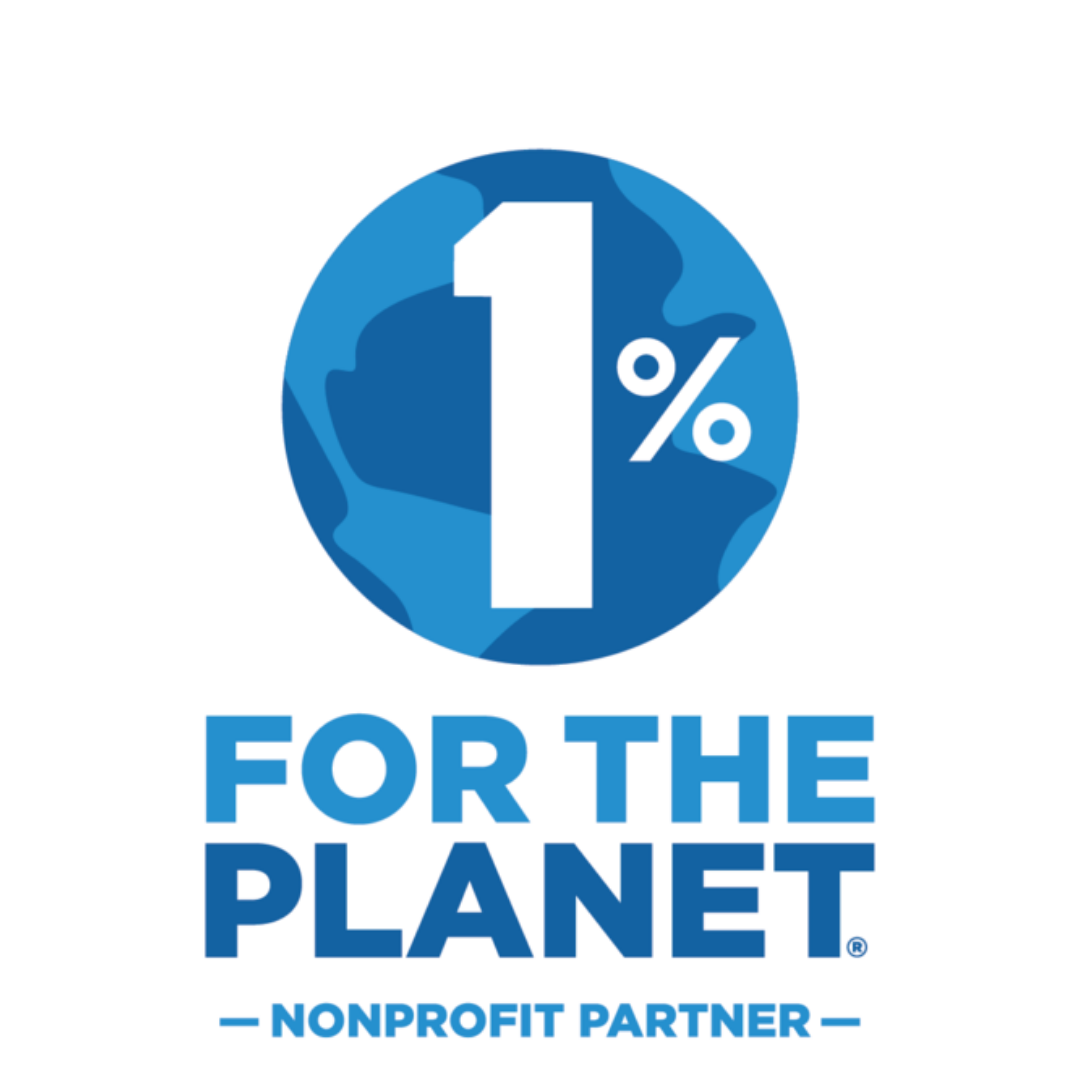This Fall, we opened an envelope that held a letter and a donation from a…
“I like how IslandWood has grown and continually looked at what community is and what that means. “
Until COVID-19, Bryant Elementary School teacher Steve Garlid had been bringing his 5th grade class to the School Overnight Program every year, for 16 years. We caught up with him recently to learn more about the impact of the program on his students, how IslandWood has evolved over the years, and his hopes for the organization’s future.
Can you tell us a little bit about how you first came to know about IslandWood, and why you became a supporter?
I first heard of IslandWood before it was called “IslandWood.” A colleague of mine introduced the idea of taking her fourth grade class to a place called the Puget Sound Environmental Learning Center. I believe this was in 2001. We began taking our fifth graders in 2002, and have taken them every year since. At first, I came to IslandWood as a relatively new 5th grade teacher/learner. At that stage, I was still gathering ideas and forming the foundation of my teaching philosophy. Today, I go to IslandWood more as a teacher/leader. I still approach IslandWood as a learner, but I also see myself in a mentorship role as I work with field instructors and younger teachers on my team. It’s less and less about me and my performance, and more and more about enhancing the students’ experiences of discovery. We really mourned not being able to go this year. My wife and I visited during an open trails event, and we were greeted kindly as we always are, and there was granola which was thoughtful. Walking away, I really was quite moved by the visit. There are so many memories now, and I feel part of the IslandWood community. It feels like it’s part of school and our lives. The campus was so open, but it was weird seeing it without the children. It made me appreciate it on a new level, what the kids had missed this year.
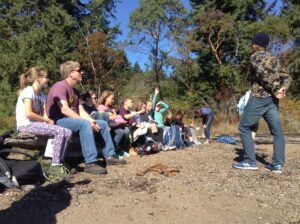
Steve Garlid, with his Bryant Elementary class, during a lesson at IslandWood.
In what ways do you think IslandWood is important to our community?
I like how IslandWood has grown and continually looked at what community is and what that means. We are here together and we are a community of people, and I think our understanding of what that means is evolving. We are part of a community that is interacting with nature. And, importantly, nature isn’t a separate thing anymore – it’s part of us, and our interaction with that relationship has grown. Within the organization, I love the circles of lslandWood. There are so many communities – the Friendship Circle, the Dining Hall, the field groups, the cabin groups – all of these different ways of thinking about what communities are. I also like how IslandWood is pushing out into the community and reaching out to teachers across the state and forming bonds in those groups. I think that’s a great direction to go in. To me, that’s about redefining community, and helps me understand different ways of looking at community.
How has IslandWood changed through the years?
I love how IslandWood is always asking questions and asking for feedback, and that there’s this desire to grow that I feel from the institution. It has actually changed in many ways. When you look at the programming, you see a growth and different emphasis and focus, including more of a cultural awareness in recent years. I see more happening in the garden, with the new building and oven, and the incorporation of food as part of the learning. The kids pick and harvest on location and make something with that. We’ve made latkes and rice dishes, and it’s about creating relationships and interacting with what’s around them. That’s always growing and changing within the environment that they’re in. I never feel like IslandWood is ‘take it or leave it.’ It always feels like it’s evolving. I went to a community forum about race and equity on the campus, and appreciated that they were getting involved in those complicated conversations and exploring and trying to connect with kids in different communities and find ways for those kids to connect them to each other. And at the same time, I see IslandWood finding ways to sustain itself, and figuring out that tricky tension.
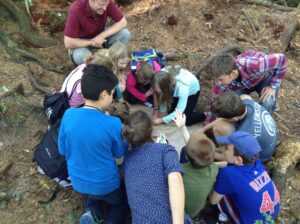
Steve with his students engaged in a community building activity at IslandWood.
What is your favorite thing about IslandWood?
The snickerdoodle cookies, of course, and that’s something that absolutely must continue. They represent, to me, the care that goes into details. And the food is legendary at IslandWood. The kids talk about it all the time and it’s passed on from one kid to the next. It’s so meaningful for kids to have good food, food they can eat. I think the investment they have there is great. But truly my favorite thing is watching kids transform in that short time they are there. We are there for three and a half days. It’s amazing to see those kids transform and bond with one another. That’s my favorite thing about teaching in general, but especially to see it happen in such a short amount of time. The kids often work through homesickness, and IslandWood lets them experience that growth. Some of them have never been alone in the forest, ever, and they are given that opportunity. My favorite thing is watching that happen and seeing the transformation they go through in a short amount of time. Every child, from every background, can find it difficult to step away from the comfort of being close to their parents, and from the planned and protected part of their lives. Learning resiliency, including the very simple and important resiliency of being away from home, and learning to trust and communicate with others, is an important skill to practice and grow.
What do you hope for the future of IslandWood?
I’d like to see IslandWood really expand how kids can become more involved in stewardship and service. To encourage them to engage in an ongoing process of protecting the environment and cultivating the environment and developing and deepening that relationship. I just read the book Braiding Sweetgrass by Robin Wall Kimmerer. It’s a great book that’s really about blending science and cultural and Indigenous approaches to nature, and not dismissing Indigenous values about nature. Instead of analyzing, naming, and doing all these actions that separate us from nature and quantify and encapsulate nature, the book is about developing an interactive relationship with nature. The words she uses a lot are, “It’s a reciprocal relationship.” If we take care of nature, it takes care of us. I think it’s important that kids get an opportunity to see that, and they need to be taught that.
This has been happening at IslandWood all along, but I’d like to see service learning go further in our culture. There are a lot of resources you need to really make that a reality. We’ve worked on some projects ourselves [at Bryant], with a variety of organizations. With one, the logistics around release forms for children to use a garden claw were epic. It was way too onerous. I’d love to see more implementation to make those projects an easier reality. In our school, we’ve always needed a person to step up and take over a program, and develop relationships over a period of years. That’s the amount of effort it takes to really establish and keep a program going. It’s hard for us teachers to have the time to do that, and it would be great to have an organization that could leap into that long-term role. I think it would be really valuable and important.


